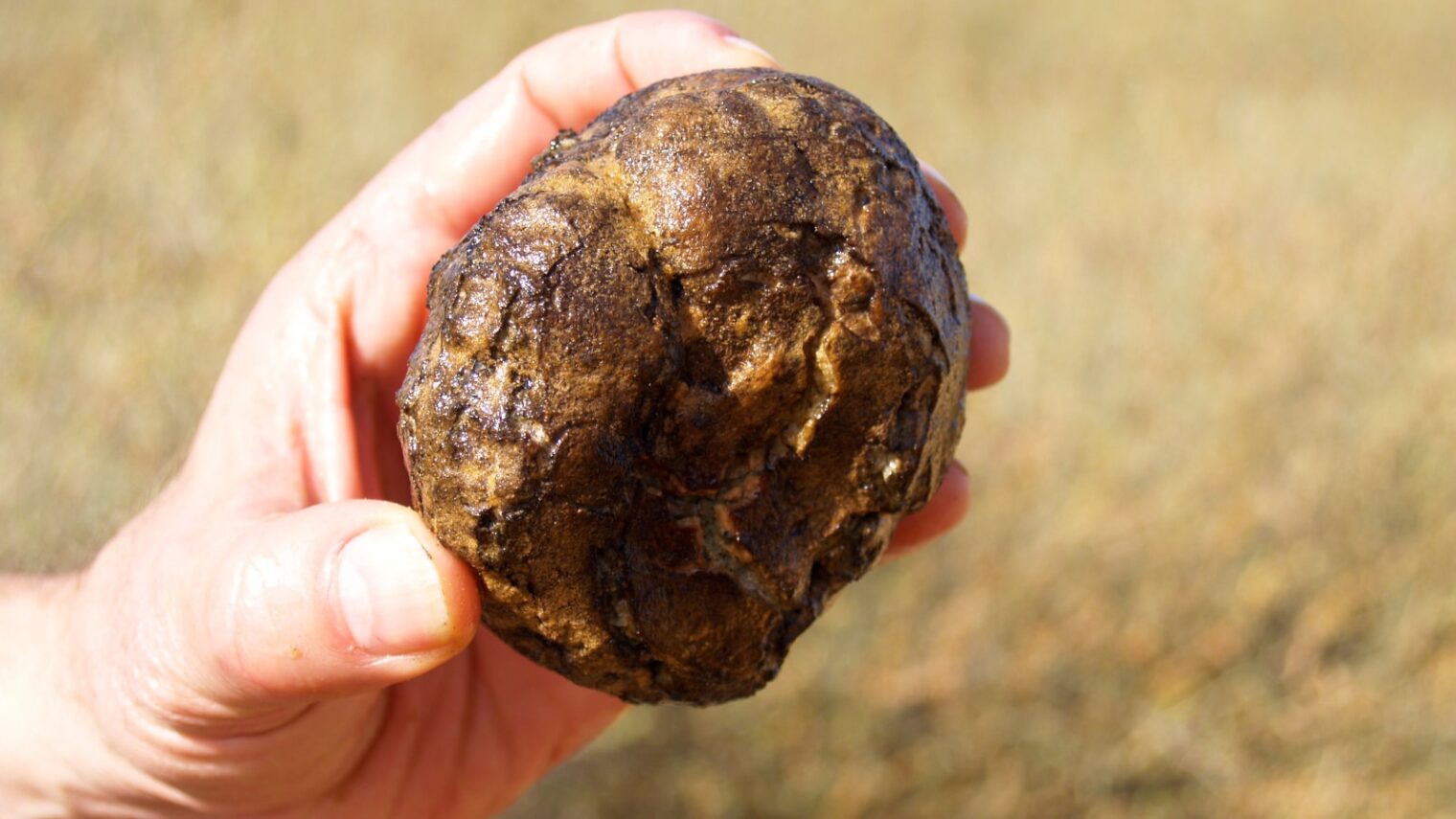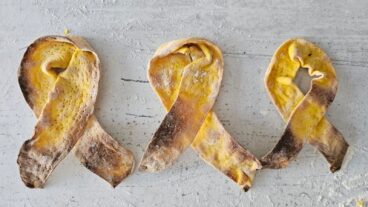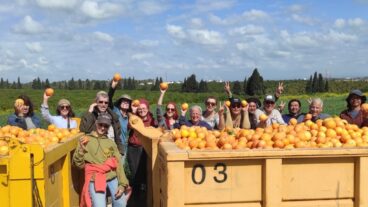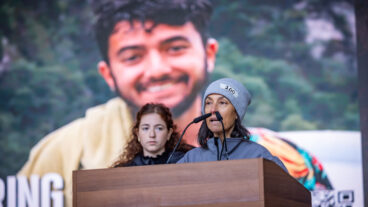Desert truffles (Terfezia boudieri) have been highly revered and incorporated into the culinary and medicinal traditions of North Africa and the Mediterranean basin for millennia. There are even claims that these truffles could be the biblical manna that sustained the Israelites as they wandered through the barren desert from Egypt to the Promised Land.
While not as rare as European forest truffles, wild desert truffles are considered a delicacy, and appear for a short season in the late winter and early spring. Likened in taste to foie gras, and with a less powerful aroma and taste than European varieties, they can be sliced and seared or fried in fat, or used in stews and other slow-cooked dishes.
They are also said to run for about one-tenth of the price as their European forest truffle counterparts, making them appealing to a wider foodie audience once available on a larger scale.
Prof. Yaron Sitrit of the Jacob Blaustein Institutes for Desert Research at Ben-Gurion University of the Negev is the head researcher for an experimental project on cultivating these rare desert gems.
He and his team do their research and testing in collaboration with the Ramat Negev Research and Development Center (MOPRN), where the project’s experimental plots of cultivated truffles are located.
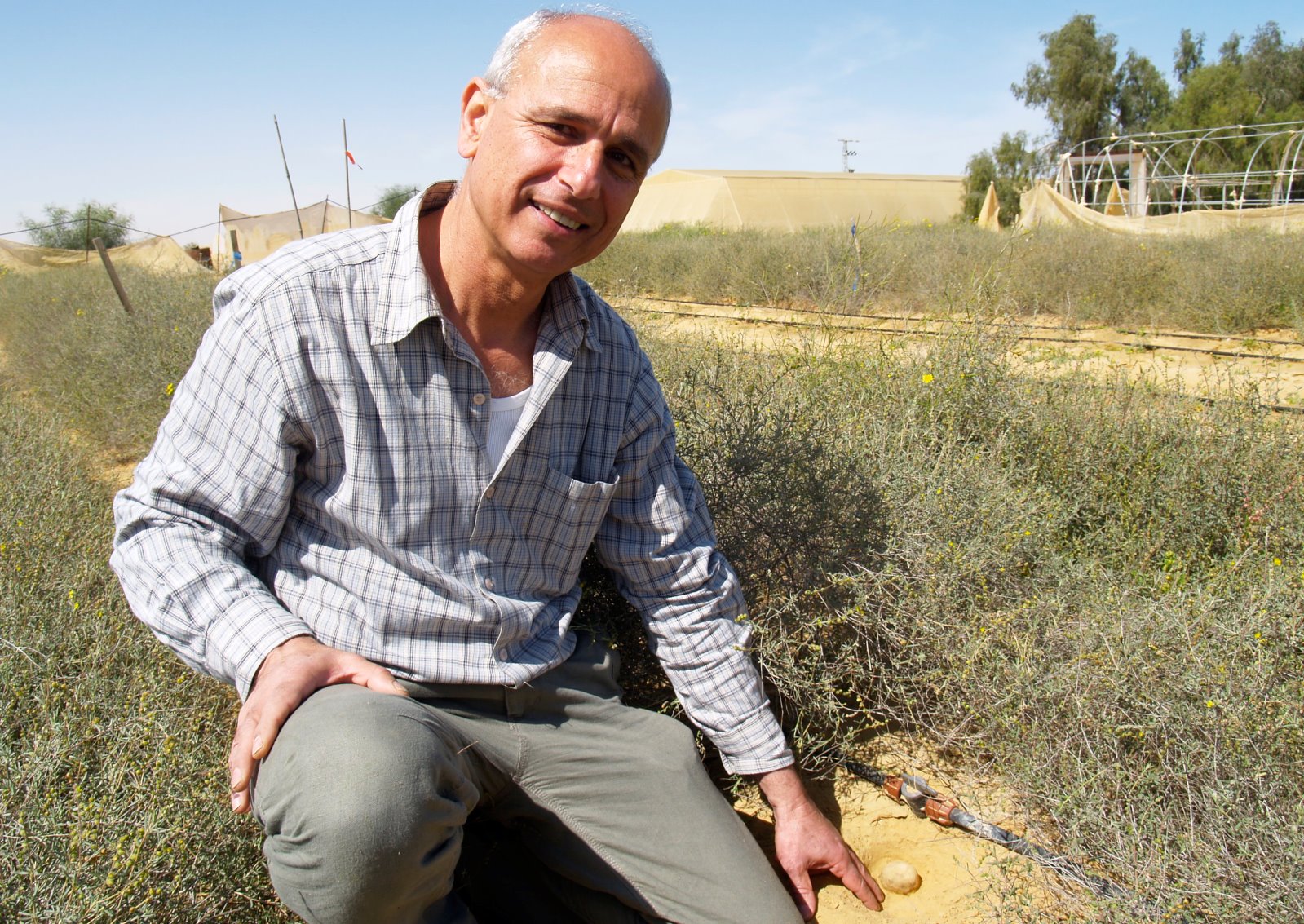
The team has been working hard to cultivate a new crop of farmed truffles specifically designed to flourish in the Negev desert’s harsh, dry conditions. Sitrit hopes they will help contribute to growing culinary tourism industry in Israel’s south, which makes up two-thirds of Israel’s land mass.
“The farmers here are looking for new exotic, highly profitable crops that will also support the tourism industry they try to develop.” Sitrit explains. “Moreover, this unique crop grows only here and combined with its mysterious halo it attracts people interested in gourmet cuisine. I envision families coming for truffle-hunting guided by trackers, and spending a nice weekend on these farms.”
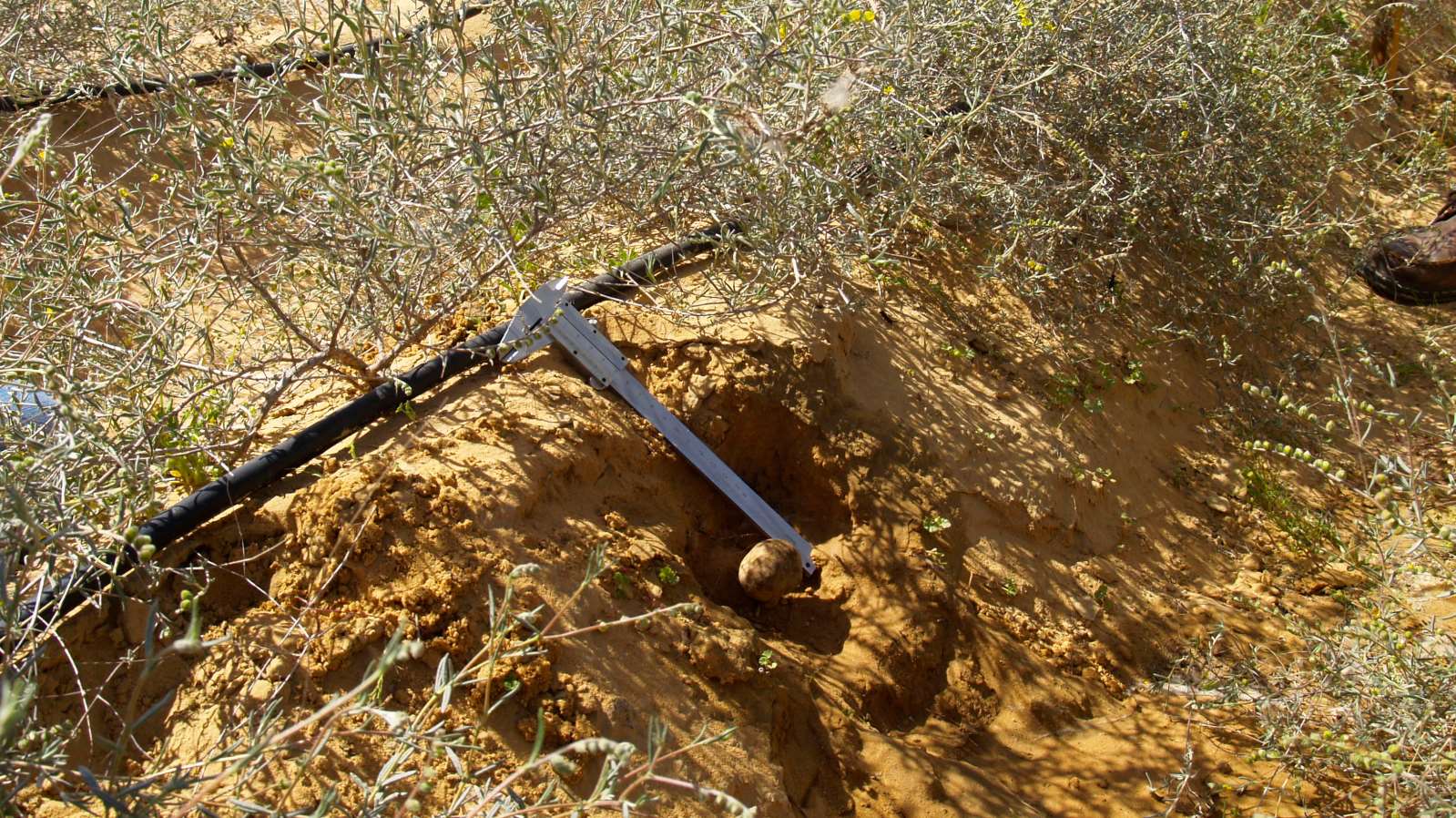
Future truffle farms could provide another facet of boutique Israeli culinary tourism in Israel’s South, which has already been attracting gourmand travelers through such collective ventures as the revived ancient Nabatean Wine Route, a handful of boutique family-run cheese farms, and agricultural wonders in places like the Salad Trail and the Vidor Center of Arava Agriculture.
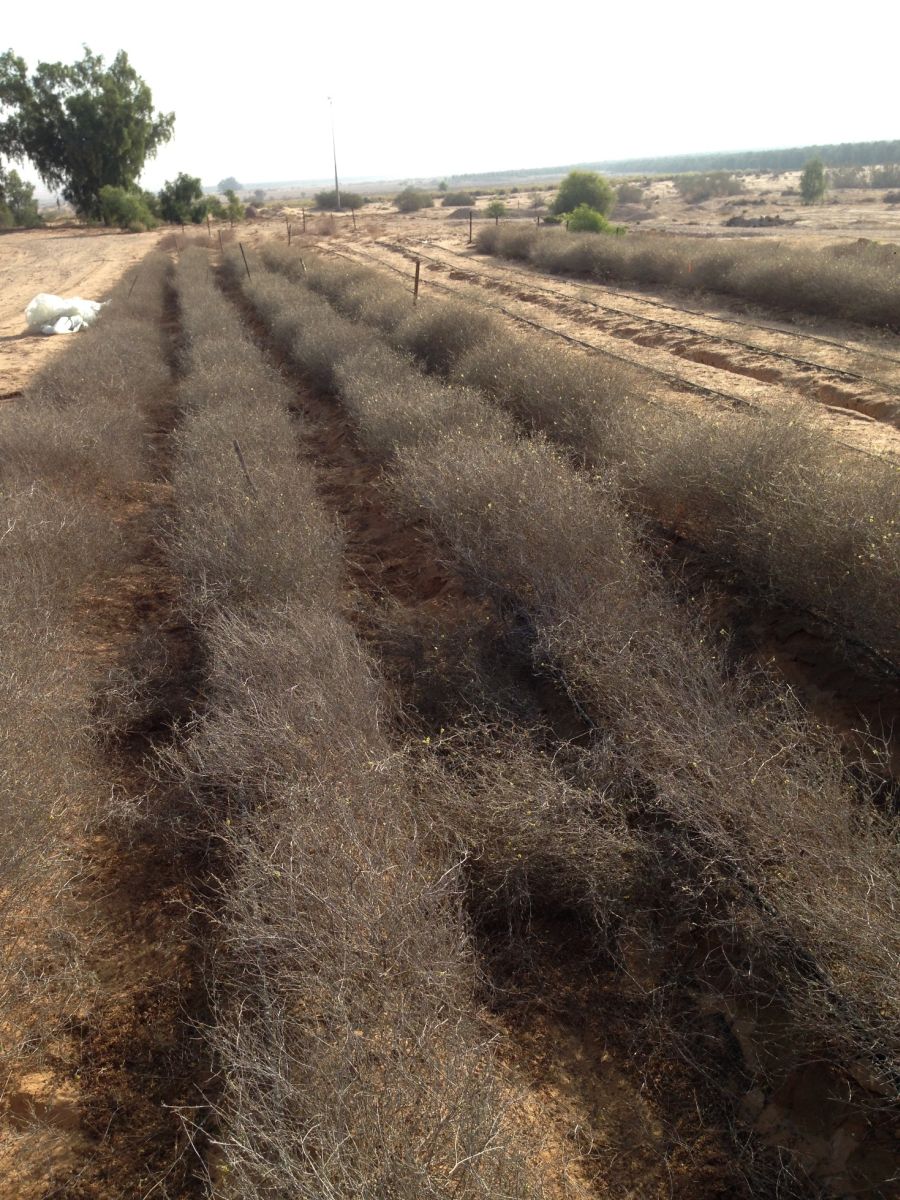
The professor hopes these truffle farms will become an attractive prospective crop for Bedouin farmers as well, whose larger community already benefits from a tourism industry based on providing Bedouin hospitality and cultural experiences to travelers and locals.
To supplement their income, many Negev farmers, cheese-makers and vintners have created bed-and-breakfast accommodations on their property for romantic or family getaways. The truffle farms that Sitrit describes could be a potentially lucrative and sustainable prospect for new agriculture-based seasonal tourism.
“I hope that within the coming two years we will be able to establish the first model farm,” Sitrit says.
“I hope that several settlements deep in the desert will have a few truffle farms [each]. This will enable a continuous and reliable supply of the truffles during the truffle season and especially towards Passover,” the peak traveling holiday for Israelis and Jews visiting Israel from abroad.




